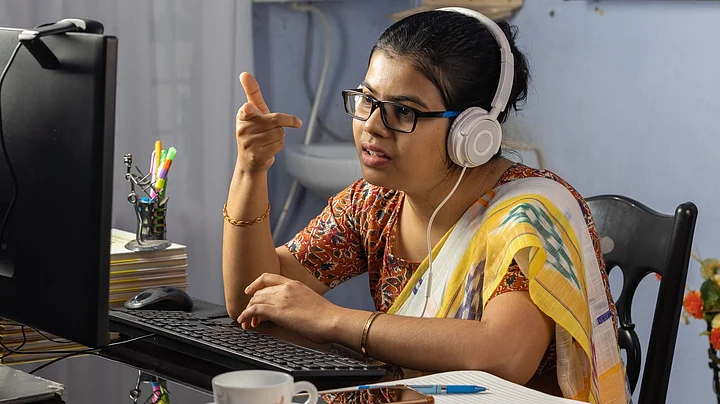3rd December is observed as the International Day of Persons With Disability. About 1 Billion people worldwide have one form of disability or another - visible or invisible - accounting for nearly 15% of the global population. In India alone, according to the last Census report, there are more than 21 million disabled people.
It is now more crucial than ever that India Inc. organisations create an ecosystem where they are able to integrate persons with disabilities into their workforce. They must first understand their concerns and design workspaces customised to their specific needs to facilitate them. But there are also multiple misconceptions around the “idea of disability”.
What is the first image that comes to your mind when you think of a disabled person? A wheelchair? Or someone with a walking stick? But not all forms of disabilities are visually apparent. Invisible disabilities can range from epilepsy to dyslexia, ADHD, and cancers which impair day-to-day functioning, among others.
Hence, grouping all persons with disabilities under one tick-box is detrimental both for the employee and the organisation that aims to unlock the true potential of their members.
So, what are some systems and processes that workplaces must have as part of their recruitment, training, and functioning? Accenture has gauged the value and potential of creating a barrier-free culture that promotes disability inclusion in the workplace. It starts right from the hiring process, where leaders understand if candidates need more time to understand and answer the questions. They also encourage applicants to work with a talent advisor who can effectively communicate their skill sets and experience. But customised recruitment drives are only the tip of the iceberg.
In the age of the digital renaissance, organisations must also equip themselves with AI-powered apps, tools, and programs. Predictive text, speech-to-text transcription, and voice and visual recognition allow organisations to eliminate barriers for minorities. It also creates a cohesive workstation where all employees can communicate with each other and learn from one another.
The Special Assistant for Autism Therapy and Interventions (SAATHI) app is an excellent example. Prateek Shrivastav, a Managing Director with Accenture, created this learning app for his child, who has autism. This app guides children with autism through personalised therapy sessions by monitoring their facial expressions and understanding their emotional states.
But as no two disabilities are the same, these kinds of tools are not one-and-done solutions—nor are they one-size-fits-all. We must assess these tools, how they are helping different employees to thrive at work and what more reasonable assistance we can provide.
It is equally important for organisations to hold regular and frequent training workshops with the help of such features so that persons with disabilities can also upskill and grow.
All of this can only be achieved beginning with greater awareness around the challenges of visible and invisible disabilities. Grouping all disabilities under one label is detrimental both for the organisation as well as for the members of the community. They can only be truly enabled if we learn and understand about their individual needs.
(At The Quint, we question everything. Play an active role in shaping our journalism by becoming a member today.)
